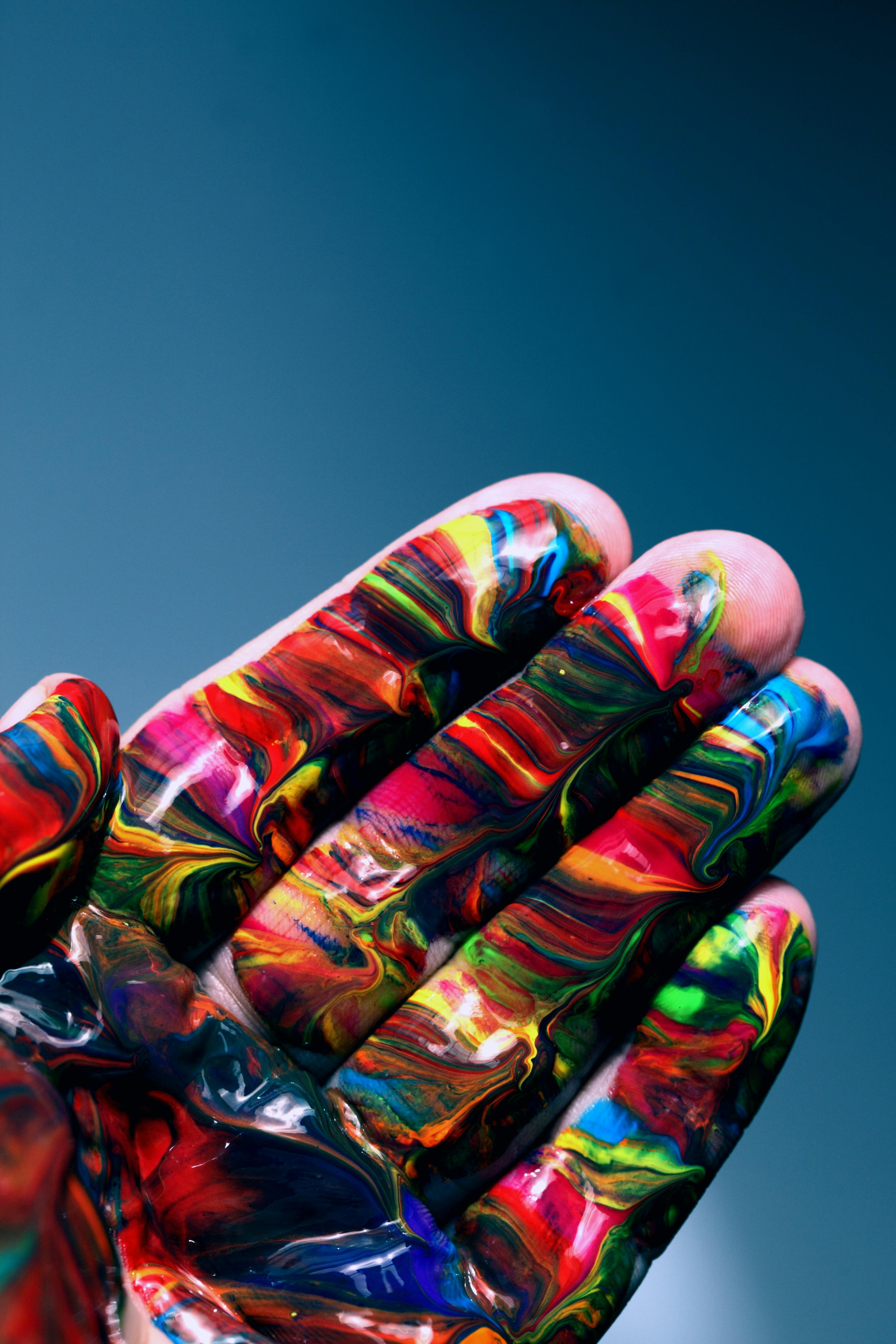In the dimly lit rooms where imagination meets reality, filmmakers embark on a journey that transforms mere ideas into captivating stories. At the heart of this creative odyssey lies a powerful force: collaboration. It’s a dance of minds, where directors, writers, actors, and countless others intertwine their visions to craft narratives that resonate. Through the alchemy of teamwork, these storytellers navigate challenges and harness diverse perspectives, forging tales that linger long after the credits roll. This article delves into the intricate art of creative collaboration, unveiling how it fuels the magic of storytelling in cinema.
Crafting the Narrative: Building a Solid Foundation Through Team Synergy
In the world of filmmaking, the journey from script to screen is a tapestry woven with the threads of collaboration. At the heart of this process lies the synergy of the team, where each member contributes their unique vision and expertise to shape a cohesive narrative. This collaborative dance involves:
- Writers and Directors: Working in tandem to refine the script, ensuring the story’s core message resonates.
- Cinematographers: Translating the written word into visual language, capturing the essence of the narrative through their lens.
- Editors: Crafting the rhythm and pace, molding raw footage into a compelling story arc.
- Producers: Coordinating resources and managing logistics, ensuring the creative vision is realized within budget and schedule constraints.
Through this collaborative effort, a film becomes more than just a series of scenes; it transforms into a living, breathing entity. The fusion of diverse perspectives fosters innovation, allowing filmmakers to build a narrative that is both engaging and profound.

Harnessing Diverse Perspectives: Turning Ideas into Story Gold
In the world of filmmaking, the magic of storytelling often emerges from the vibrant tapestry of diverse perspectives. When creative minds come together, each with their unique experiences and insights, they transform initial ideas into narratives that resonate universally. This collaborative process is akin to alchemy, where individual visions are blended to create story gold. Filmmakers harness this diversity by fostering an environment where every voice is heard, encouraging team members to share their thoughts freely and challenge conventional norms.
The process involves:
- Brainstorming sessions where ideas are tossed around, allowing the unexpected to surface.
- Workshops that focus on character development and plot twists, drawing from varied cultural and personal backgrounds.
- Feedback loops that ensure continuous refinement, integrating different viewpoints to enhance the narrative.
By embracing these diverse perspectives, filmmakers not only enrich their stories but also create films that speak to a broader audience, ensuring that the final product is both compelling and authentic.

The Art of Feedback: Refining the Vision Through Constructive Critique
At the heart of filmmaking lies the ability to craft a narrative that resonates. Feedback is the cornerstone of this creative journey, transforming raw ideas into polished stories. Filmmakers engage in a dynamic exchange of perspectives, where each critique acts as a chisel, sculpting the vision into its finest form. This process is not just about identifying flaws but also about highlighting strengths and exploring new possibilities.
- Perspective: Different viewpoints shed light on blind spots and open up fresh avenues.
- Clarity: Constructive critique helps distill complex narratives into coherent, engaging stories.
- Innovation: Feedback fosters an environment where bold, creative risks are encouraged.
Through this artful dance of dialogue, filmmakers refine their craft, ensuring that each story is not only compelling but also authentic and resonant.
From Concept to Screen: Effective Strategies for Collaborative Storytelling
In the world of filmmaking, the journey from an initial idea to a fully realized screenplay is a dynamic and multifaceted process. At the heart of this evolution lies the art of collaboration. Creative storytelling thrives when diverse voices come together, each contributing unique perspectives and insights. Filmmakers often begin by assembling a team that includes writers, directors, producers, and sometimes even actors, fostering an environment where ideas can flourish and evolve. This collaborative spirit is not just about combining skills but about creating a shared vision that reflects the richness of collective creativity.
Key strategies in this collaborative process include:
- Brainstorming Sessions: Open forums where every team member is encouraged to share ideas, no matter how unconventional.
- Workshops: Interactive sessions that allow for the exploration and refinement of concepts through hands-on activities.
- Feedback Loops: Regular check-ins and revisions ensure that the story remains cohesive and aligned with the team’s vision.
By embracing these strategies, filmmakers can navigate the complexities of storytelling, transforming individual concepts into a unified and compelling narrative that resonates on screen.

